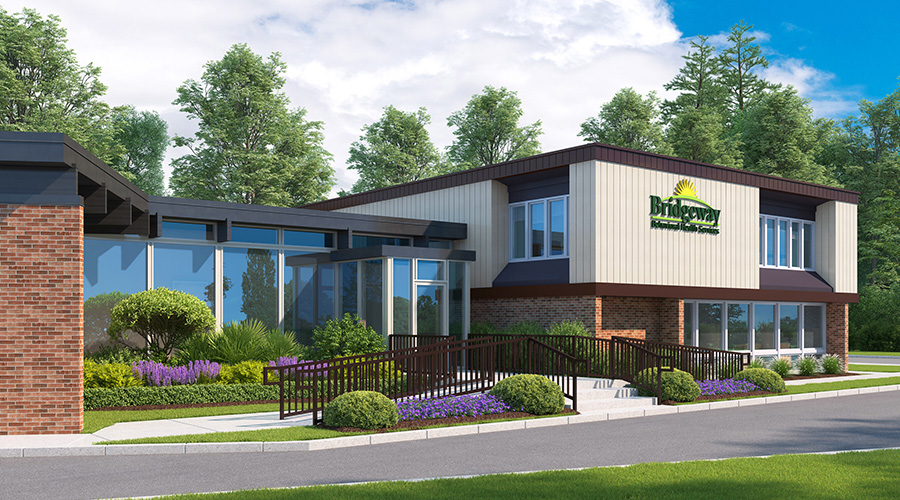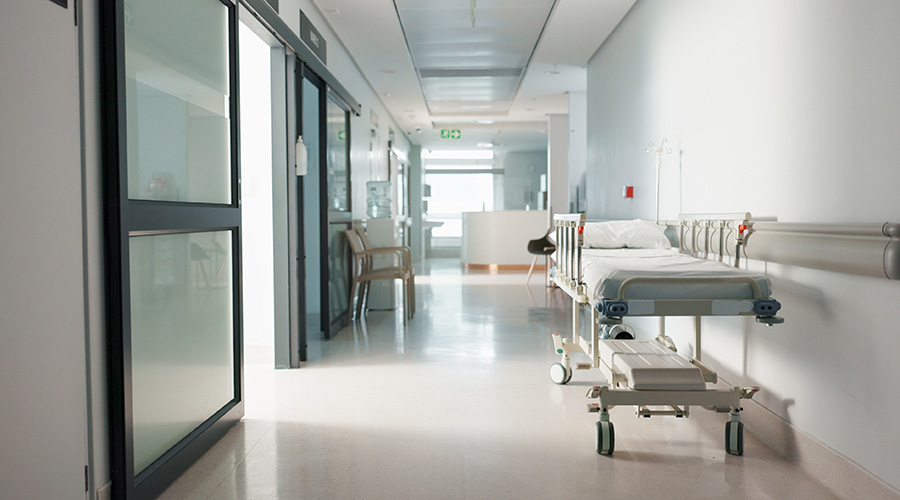Well-designed healthcare facilities lead to better patient outcomes that result in money saved for medical facility owners, according to a Cornell University study published in the Health Environments Research and Design Journal.
The research describes a way to put evidence-based scientific design knowledge into practice. Experts believe that through 2017, the United States will spend more than $200 billion to refurbish or build new facilities.
Good facility design and operation can result in reduced hospital-acquired infections, patient falls and staff injuries and patient anxiety.
For example, the article said, installing ceiling lifts in an intensive care unit led to fewer staff back injuries and resulted in savings of $800,000.

 Healthcare Is the New Retail
Healthcare Is the New Retail Bridgeway Behavioral Health Services Launches Campaign to Renovate Health Center
Bridgeway Behavioral Health Services Launches Campaign to Renovate Health Center Ground Broken for New North Dakota State Hospital
Ground Broken for New North Dakota State Hospital AI Usage for Healthcare Facilities
AI Usage for Healthcare Facilities Ground Broken on Pelican Valley Senior Living Modernization Project
Ground Broken on Pelican Valley Senior Living Modernization Project